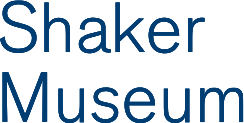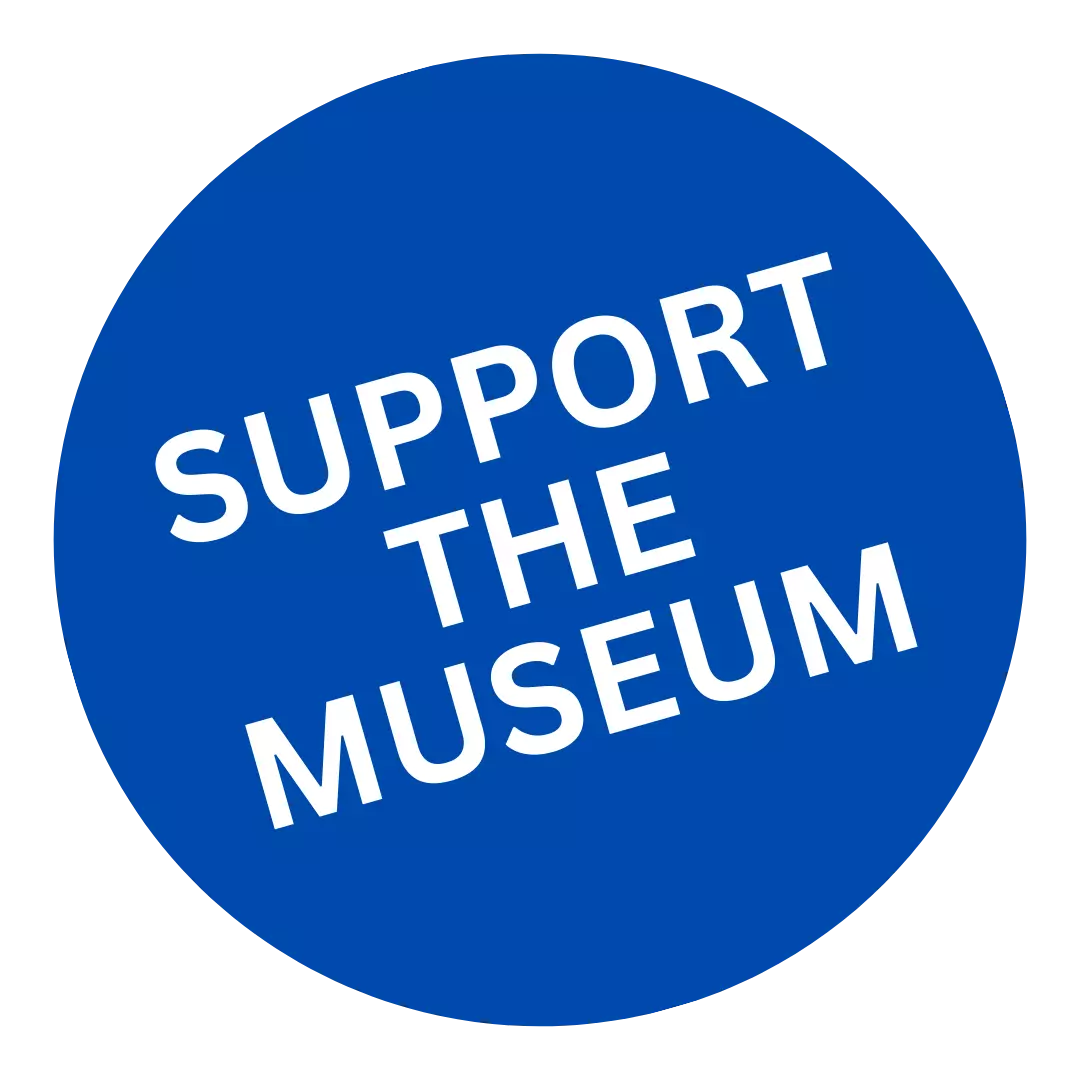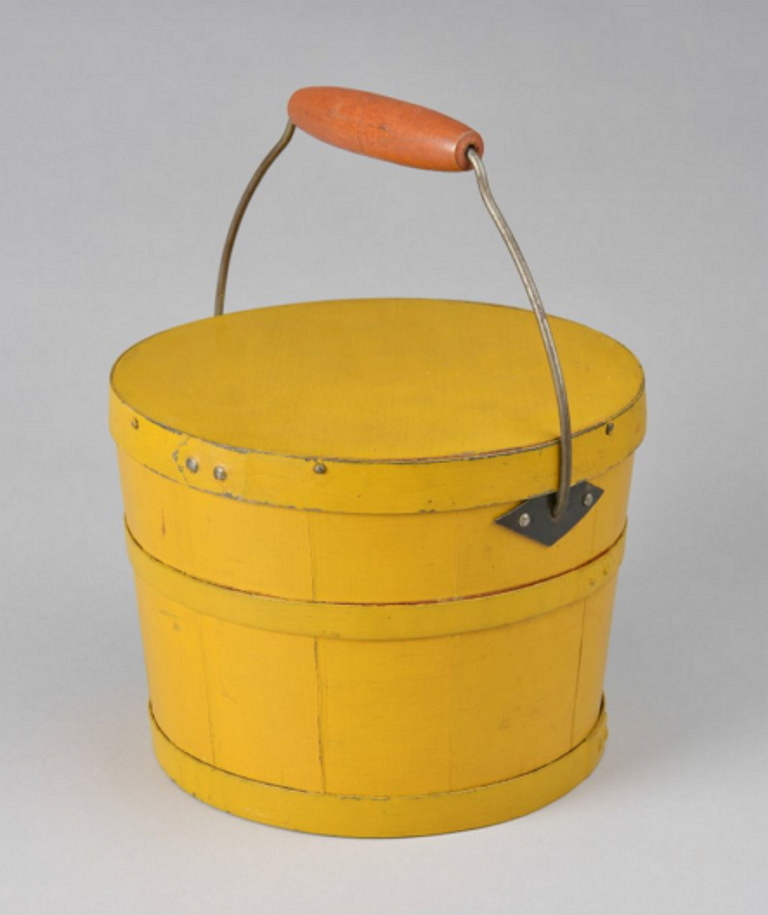Stove, Wood Heating
Stove used in the Mount Lebanon meetinghouse
ca. 1840
Description
Stove consisting of a trapezoidal fire box that rests on the base plate to which the four round legs are attached, a hinged front door, and a round flue at the back of the top. There was once a turned wood knob on the handle (now absent) and is smaller hand-forged removable draft door draft control that fits beneath the door -- regulating the amount of air drawn into the firebox. The Shaker Museum collection includes three other stoves apparently cast from the same casting patterns. All were probably used in the Second Meetinghouse at Mount Lebanon.
Notes
The Shakers designed this unusually large stove as one of four to heat nearly 5,000 square feet of space in the Second Meetinghouse (1824) at Mount Lebanon. The first stoves had proved inadequate and in 1834 the Shakers replaced them with coal burning stoves, running stove pipes nearly 80 feet to the opposite end of the room to increase the amount of radiant heat. In 1837 a second stove pipe ran to the opposite end of the room. In 1842, during the period of spiritual revival known as Mother Ann's Work, the spirit of Father Joseph Meacham directed the Shakers to remove the stoves from the Meetinghouse because they were superfluously decorated. At that time these large, plain box stoves were probably introduced into the Second Meetinghouse. A photograph made sometime after 1887 [NOC#] shows two[?] of the stoves in place. These large stoves may have been needed to heat the main room, although their size presented a problem. The stoves were cast in several parts: the flat base, four separate legs, the door, and the large five-sided body with its openings for the door and the stovepipe. The size of the casting of the body may have been too large because each of the four stoves in the Shaker Museum & Library's collection has cracked from use. To learn more about how the meetinghouse was heated over time, read this blog post: https://www.shakermuseum.us/saga-heating-meetinghouse/
New York Mount Lebanon Church Family




